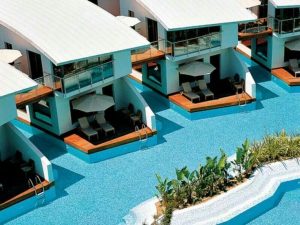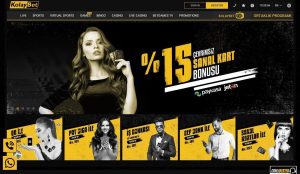
A well-designed banner makes a big difference in how customers perceive your brand. But it’s important to consider where and how you’ll use the banner.
Vector files are ideal for banner printing because they can gracefully scale up or down without turning into a gauzy photograph or napkin doodle. They also allow for a high degree of color saturation, especially in dark colors.
Size
A banner’s size depends on its purpose and the area where it will be displayed. It should be large enough to be easily read from the average distance that people will stand from it.
For example, a 3′ x 6′ banner is a common print banner size. It is usually considered small to medium among printing professionals. However, it’s still big enough to catch people’s attention even from a far distance and promote brand awareness.
The size of a banner can also depend on its design. It is best to use graphics that can be enlarged without losing their quality, such as vectors. This way, you can be sure that your banner’s image is sharp and clear.
Banners can have hemming or pole pockets, which is a method of fixing them that involves folding over the edges of the material and heat-sealing them. It creates a tough, durable edge that inhibits tearing or unravelling. It can also provide a 2-inch pocket for poles or rods to pass through, which is useful when you’re using the banner for outdoor advertising.
Resolution
If you look up at a tall building or walk through any shopping centre, you’ll see different images and messaging on display. These are the result of banner printing – also known as large-format printing, using special wide printers.
Resolution refers to the number of pixels that are housed within a display space. Higher numbers mean greater fidelity and clarity.
A good rule of thumb is to print at the highest possible resolution for your file type. This will ensure that your image is crisp and readable at any size.
In a work environment where multiple people are using the same printer, it’s important to use banner pages to identify the owner of each job. This will help to ensure that jobs are picked up promptly and that the right person gets theirs. Budnick recently launched a product called GrommetBooster, which is an adhesive tab that can be applied to the back of a banner to double the strength of the grommet.
Material
Banners are a powerful offline marketing tool, promoting a business/brand/event with eye-catching graphics and meaningful messaging. They are often hung outdoors and in high traffic areas, but they can also be used indoors as well.
The material of your banner can impact its durability and how it performs. A common option is vinyl, which is a hard-wearing material that can stand up to the elements and last for years. Other materials include poly and mesh, which are softer and lighter, but suitable for outdoor use.
The banner is then printed on top of the material, using a large-format printer. This printing process uses latex inks to reduce ink blotting and potential smears. Once the print has been completed, it undergoes finishing processes like hemming and grommet installation. Hemming reinforces the edges of your banner to prevent fraying, while grommets make it easy to hang and display your banner. It is also possible to add Pole Pockets which are sleeves that a rod can slide into.
Finishing
Once your design and materials are finalized, the banner goes through the printing process. It is loaded into large-format printers that use UV, waterproof solvent inks to reduce ink blotting and smears. It is then printed with your branded artwork, and the digital proof is sent over to you for your approval.
This is when you check that the colours and resolution match your expectations and that everything looks good – after all, it’s your business that’s being represented here!
Your finished banner will also go through finishing processes such as hemming and grommet installation. Hemming reinforces the edges of your banner to prevent tearing, and grommets make it easy to hang your banner on stands or from poles. In addition, if your banner has a pole pocket, they will be sewn in along the top or bottom edge to allow for insertion of a rod or pole. If your banner has been trimmed, it will then be ready to be delivered or picked up.






